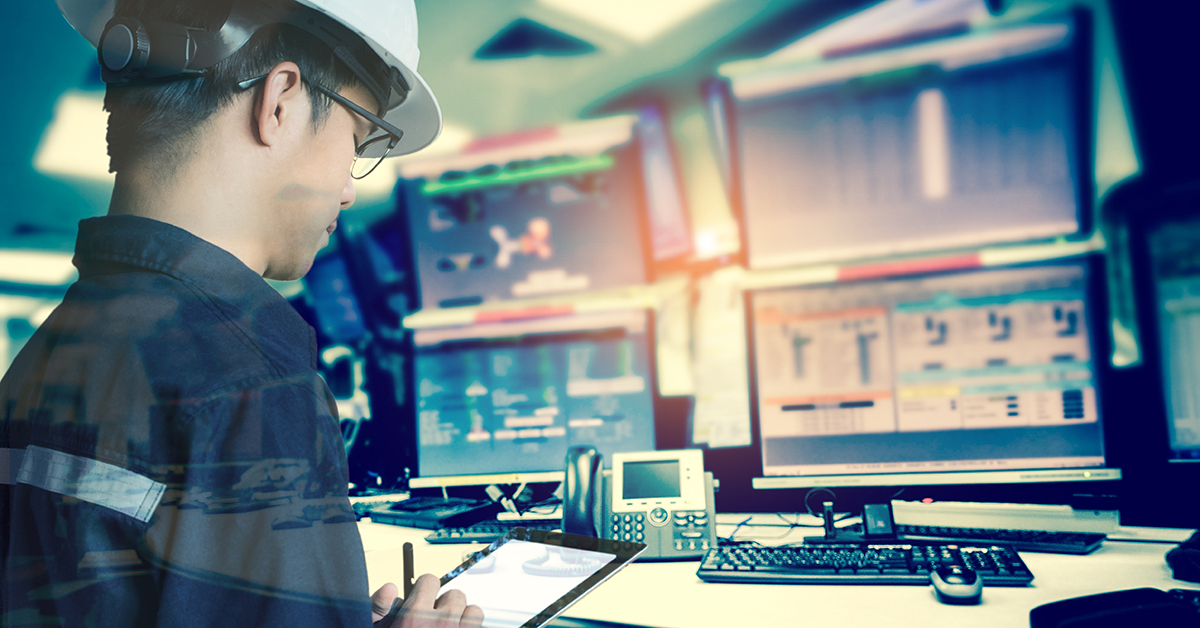Control room design can have a large impact on human performance and wellbeing. A control room designed with good ergonomics will increase productivity and ensure the safety of each operator as they interact with machines, furniture and the environment is taken into account. As engineers and ergonomists, Dohrmann Consulting experts can help you setup up an ergonomically sound control room, whether it’s at design stage or well-established.
We can help you with:
- Effective consultation with end-users from the outset, to determine task demands, preferences and to identify past issues
- Ergonomics specifications for console dimension ranges, viewing distances and clearances
- Seating integrated with consoles and tasks performed
- For upgrades, assistance with identifying what can be re-used and what should be replaced
- Chair selection guidance
- Independent advice on suppliers of furniture and selected equipment (we do not supply furniture, and have no commercial affiliations with any suppliers)
- Equipment layout, given a thorough appreciation of the tasks performed
- Detailed task analysis
- HMI advice on displays and alarms
- Room security and access
- Issues arising from the need for equipment maintenance and repair access
- Cable management requirements
- Lighting requirements and glare management criteria for task and general lighting
- Implications of day/night operations, if applicable
- Security regarding exit/entry, and emergency evacuation
- Storage needs and accessibility
- Environmental ranges – temperature, air change rates, noise control
- Display ergonomics, control-display relationships, and HMI (human factors)
- Compliance assessments against relevant codes and standards (such as International Standards dealing with the ergonomic design of control rooms ISO 11064 (Part 1-7), occupational safety, local, environment etc)
- Independent sign-off for ergonomics and safety compliance
We have advised on and assessed many types of control rooms in Australia and Asia over the past twenty-five years, covering a range of industries and applications. Using data and methods from ergonomics (which means “Fitting things to people”), we help ensure the best outcomes in console design, equipment layout, seating, storage, cable management, lighting, vision, displays and interactions.
Ergonomics in control room design addresses issues of who operates and supervises processes, their relevant attributes (size, shape), when and how they use displays, controls and equipment in times of normal, emergency, start-up and maintenance modes. Ergonomics gives important insights into how people actually see, move, understand and sense their surroundings and how they manage and respond to information, alarms or the abnormal. It assists with fatigue control, vigilance, shift design, surveillance, and health. It provides a structured method to analyse tasks and operator relationships, and is a powerful tool in developing control rooms since it considers the breadth of human behaviour, size, strength, abilities and limits.
We have experience in a broad range of control room environments including oil and gas, mining, emergency services, air traffic control, security, education, casinos, and prisons.

